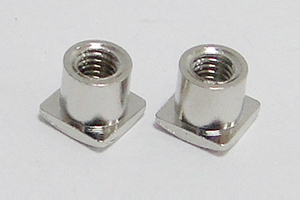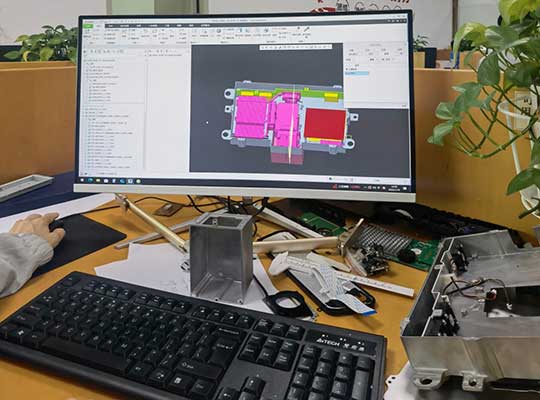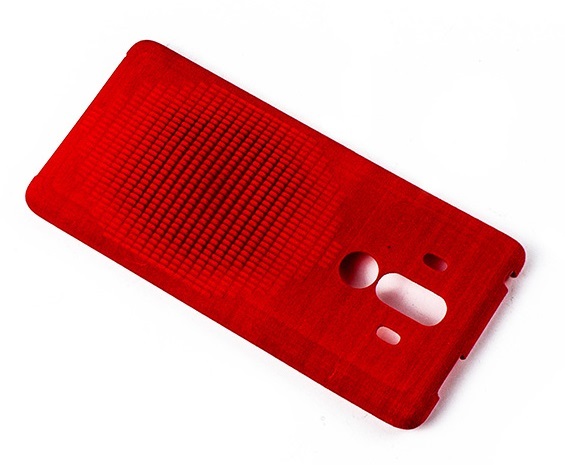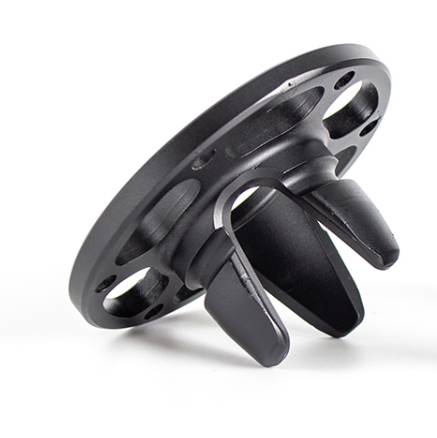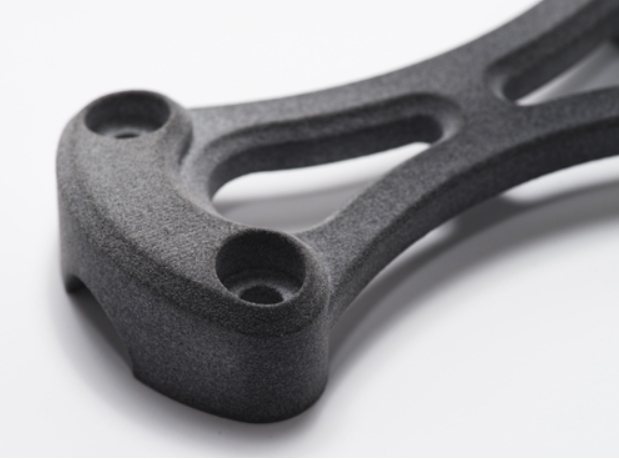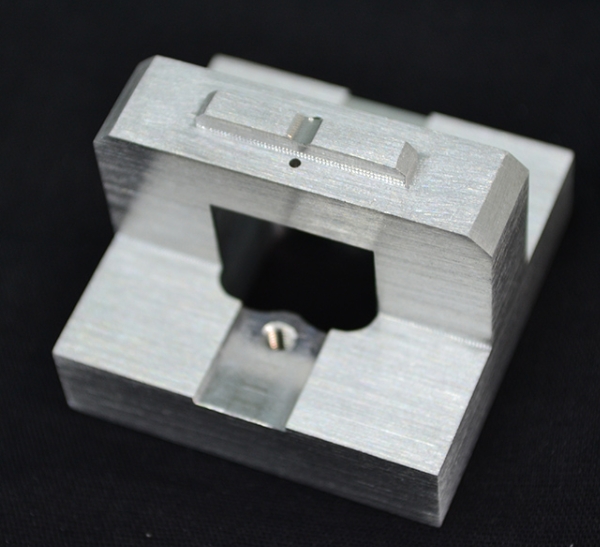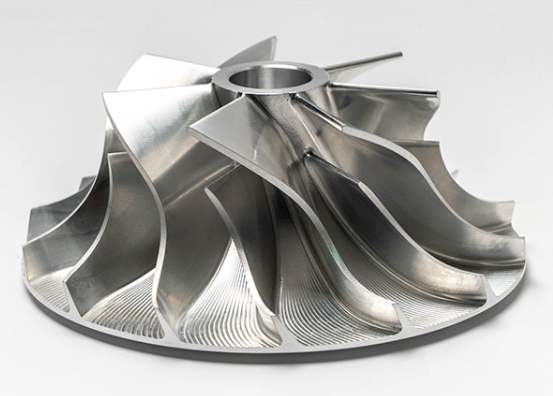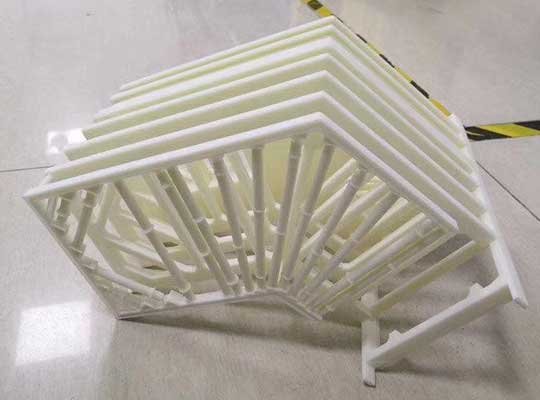After CNC machining, metal prototypes often have rough surfaces, burrs, or uneven textures—issues that can affect both appearance and functionality. Polishing is the key post-processing step to fix these problems, turning raw CNC-machined parts into smooth, precise prototypes that match your design goals. Whether you need a mirror-like finish for a consumer product or a ultra-fine surface for a precision component, choosing the right polishing method is critical. This guide breaks down all common polishing techniques for CNC metal prototypes, with data, tips, and comparisons to help you make the best choice.
1. Why Polishing Matters for CNC Metal Prototypes
Before diving into methods, let’s clarify why polishing is non-negotiable for most CNC metal prototypes. It’s not just about looks—polishing directly impacts performance and usability.
Key Benefits of Polishing
- Improved Aesthetics: A polished surface eliminates scratches and dullness, making the prototype look like the final product. This is essential for client presentations or market testing (studies show polished prototypes increase positive feedback by 35% in user trials).
- Enhanced Functionality: Smooth surfaces reduce friction for moving parts (على سبيل المثال, التروس, مهاوي), extending the prototype’s lifespan by up to 40% in mechanical testing.
- Better Corrosion Resistance: Polishing removes micro-cracks where moisture or chemicals can accumulate, protecting metals like aluminum or steel from rust.
- Accurate Dimensional Control: For precision parts (على سبيل المثال, medical components), polishing ensures surface roughness doesn’t interfere with measurements (critical for parts with tolerances of ±0.01mm).
2. طرق تلميع مشتركة للنماذج المعدنية CNC
There are five main polishing techniques for CNC metal prototypes, each with unique strengths, ideal use cases, and performance outcomes. Below is a detailed breakdown of each method.
2.1 التلميع الميكانيكي: Ideal for High-Precision, Custom Surfaces
Mechanical polishing uses physical tools to grind and smooth the metal surface. It’s a manual or semi-automated process, perfect for parts with complex shapes or strict surface quality requirements.
كيف تعمل
- Tools Used: Oilstone strips (for hard-to-reach areas), wool wheels (for buffing), ورق زجاج (various grits), and polishing compounds (على سبيل المثال, diamond paste for ultra-fine finishes).
- Process Steps:
- Start with coarse sandpaper (80-120 حصى) to remove large burrs or machining marks.
- Move to finer grits (240-1000 حصى) to reduce roughness.
- Use a wool wheel with polishing compound for a glossy finish.
- ل ultra-precision needs, يستخدم superfinishing (a type of mechanical polishing) with specialized tools—this can achieve a surface roughness as low as Ra 0.008μm (smoother than most mirror surfaces).
الأفضل ل
- Specialized parts (على سبيل المثال, aerospace components with irregular edges).
- Prototypes requiring ultra-high surface quality (على سبيل المثال, optical parts, علب الأجهزة الطبية).
2.2 التلميع الكيميائي: سريع, Cost-Effective for Complex Shapes
Chemical polishing uses a chemical solution to dissolve the micro-protrusions on the metal surface, creating a smooth finish without physical tools. It’s a hands-off method that works well for batches of parts.
كيف تعمل
- Core Principle: The chemical solution (على سبيل المثال, a mix of acids for steel, alkaline solutions for aluminum) reacts with the metal, dissolving raised areas faster than recessed ones.
- المزايا الرئيسية:
- No complex equipment—just a tank for the solution and a rinse station.
- Can process multiple parts at once (increases efficiency by 50% compared to manual mechanical polishing for batches of 10+ أجزاء).
- Handles complex shapes (على سبيل المثال, hollow tubes, curved brackets) that tools can’t reach.
Performance Data
- Typical Surface Roughness: Ra 0.1-1.0μm (suitable for non-critical visible parts, like decorative metal frames).
- وقت المعالجة: 10-30 minutes per batch (depending on the metal and solution strength).
Limitation
- The solution must be carefully mixed—incorrect ratios can cause uneven etching or damage the metal.
2.3 Electrochemical Polishing: Get a Mirror Finish with Automation
Electrochemical polishing (also called electrolytic polishing) uses an electric current and electrolyte solution to remove surface material. It’s a precise, automated method that delivers consistent, mirror-like results.
كيف تعمل
- Equipment Needed: Rectifier power supply (to control current), electrolytic tank (with solution), المباريات (to hold the prototype), and anode/cathode electrodes.
- عملية: The CNC metal prototype acts as the anode—when current flows, the electrolyte dissolves the surface layer, smoothing out imperfections.
- End Result: أ mirror-like gloss (surface roughness Ra 0.02-0.1μm) that’s hard to achieve with other methods.
الأفضل ل
- Prototypes needing a premium, reflective finish (على سبيل المثال, أغلفة الإلكترونيات الاستهلاكية, luxury product parts).
- Parts made of stainless steel, نحاس, or brass (metals that respond well to electrolysis).
Consideration
- The process is more complex than chemical polishing—you’ll need to adjust current, voltage, and solution temperature (usually 40-60°C) for different metals.
2.4 Alkaline Polishing: Eco-Friendly for Aluminum Prototypes
Alkaline polishing is a specialized method for aluminum and aluminum alloys (including cast and die-cast aluminum). It’s known for being environmentally friendly and effective for general-purpose smoothing.
كيف تعمل
- Solution Composition: Uses alkaline chemicals (على سبيل المثال, sodium hydroxide) instead of nitric acid—this eliminates “yellow fume pollution” (a common issue with acidic methods).
- عملية: The solution gently etches the aluminum surface, removing machining marks and creating a uniform finish.
- Performance: Achieves a surface roughness of Ra 0.2-0.8μm, suitable for most aluminum prototypes (على سبيل المثال, automotive brackets, إطارات الطائرات بدون طيار).
الأفضل ل
- Cast or die-cast aluminum parts (which often have uneven surfaces from molding).
- Projects prioritizing eco-friendliness (no toxic fumes mean safer workspace and easier waste disposal).
Limitation
- Not ideal for precision parts (can’t reach Ra < 0.2μM) or prototypes needing a mirror finish.
2.5 Acidic Polishing: Stronger Etching for Aluminum’s Specific Needs
Acidic polishing is another method for aluminum prototypes, using acidic solutions to achieve a more aggressive etch than alkaline polishing. It’s chosen for parts where surface texture or brightness is a priority.
كيف تعمل
- Solution Composition: Typically includes phosphoric acid, sulfuric acid, or a mix—these chemicals dissolve aluminum more quickly than alkaline solutions.
- Pros and Cons:
- Pros: Can achieve a brighter finish than alkaline polishing (suitable for decorative aluminum parts) and works faster (5-15 دقائق لكل جزء).
- Cons: May produce fumes (requires proper ventilation) and is less eco-friendly than alkaline methods.
الأفضل ل
- Aluminum prototypes needing a bright, non-mirror finish (على سبيل المثال, consumer product trim, signage components).
- Parts where speed is critical (على سبيل المثال, urgent prototype batches with tight deadlines).
3. How to Choose the Right Polishing Method
Selecting the best method depends on four key factors: your prototype’s material, شكل, surface requirements, and production batch size. Use the table below to simplify your decision.
Polishing Method Selection Guide
| عامل | التلميع الميكانيكي | التلميع الكيميائي | Electrochemical Polishing | Alkaline Polishing | Acidic Polishing |
| مواد مثالية | All metals (فُولاَذ, الألومنيوم, النحاس) | Steel, نحاس, الألومنيوم | الفولاذ المقاوم للصدأ, النحاس, نحاس | الألومنيوم (all types) | الألومنيوم |
| خشونة السطح (ر) | 0.008-0.2μM | 0.1-1.0μM | 0.02-0.1μM | 0.2-0.8μM | 0.1-0.5μM |
| Best for Shape | Complex, irregular parts | Complex, hollow parts | Simple to moderate shapes | Simple to complex shapes | Simple to moderate shapes |
| حجم الدُفعة | 1-5 أجزاء (manual) | 10+ أجزاء (batch processing) | 5-20 أجزاء (automated) | 5-30 أجزاء | 5-20 أجزاء |
| Cost per Part | \(15-\)50 (labor-intensive) | \(3-\)10 (low equipment cost) | \(8-\)25 (high equipment cost) | \(4-\)12 (eco-friendly) | \(3-\)10 (fast processing) |
Practical Example
If you have 20 aluminum drone frames (cast aluminum) and need a smooth, eco-friendly finish (Ra 0.5μm), alkaline polishing is the best choice. If you have 1 stainless steel medical component requiring a mirror finish (Ra 0.05μm), electrochemical polishing مثالي.
4. Key Tips for Successful CNC Metal Prototype Polishing
Even with the right method, small mistakes can ruin your prototype. Follow these tips to ensure consistent, high-quality results:
- قم بإعداد السطح أولاً: قبل التلميع, قم بإزالة جميع الأشكال باستخدام أداة deburring - وهذا يمنع عملية التلميع من دفع الأشرطة إلى المعدن (الذي يسبب تشطيبات غير متكافئة).
- اختبار على عينة: دائما تلميع صغير, الجزء غير الحرجة أولا (على سبيل المثال, قطعة خردة من نفس المعدن) لضبط المعلمات (على سبيل المثال, قوة المحلول الكيميائية, وقت التلميع).
- السيطرة على العوامل البيئية: للطرق الكيميائية/الكهروكيميائية, الحفاظ على درجة حرارة المحلول مستقرة (± 2 درجة مئوية) وضمان تهوية جيدة (لتجنب تراكم الدخان).
- الجمع بين الأساليب إذا لزم الأمر: لجودة عالية للغاية, mix methods—e.g., use mechanical polishing to remove machining marks, then electrochemical polishing for a mirror finish. This “hybrid approach” can achieve Ra 0.01μm for precision parts.
وجهة نظر Yigu Technology على تلميع النموذج الأولي للمعادن CNC
في Yigu Technology, we see polishing as a make-or-break step for CNC metal prototypes. We tailor our approach to each project: using mechanical polishing for aerospace-grade precision parts, alkaline polishing for eco-conscious aluminum projects, والتلميع الكهروكيميائي للمنتجات الاستهلاكية التي تحتاج إلى إنهاء قسط. يختبر فريقنا معلمات التلميع على أجزاء العينة أولاً, ضمان عدم وجود مفاجآت - وغالبًا ما نجمع بين طرق لضرب أهداف خشونة السطح الضيقة (مثل RA 0.008μm للمكونات البصرية). بالنسبة لنا, لا يتعلق التلميع بتجانس المعادن فحسب ، بل يتعلق بالتأكد من أداء النموذج الأولي الخاص بك ويبدو جاهزًا للمرحلة التالية من التطوير.
التعليمات
س 1: كم من الوقت يستغرق تلميع النموذج الأولي للمعادن CNC?
A1: يعتمد ذلك على الطريقة وحجم الجزء. التلميع الميكانيكي (manual) يأخذ 30-60 دقائق لكل جزء صغير (على سبيل المثال, قوس الألمنيوم 5 سم). التلميع الكيميائي أسرع-10-30 دقيقة لكل دفعة. تلميع الكهروكيميائي يأخذ 15-45 دقائق لكل جزء (بما في ذلك وقت الإعداد).
Q2: هل يمكنني تلميع النموذج الأولي للمعادن CNC مع ثقوب متعددة أو منحنيات معقدة?
A2: نعم - التلميع الكيميائي هو الأفضل لهذا الغرض. يستخدم حلًا يصل إلى جميع المناطق (حتى الثقوب الصغيرة أو الأسطح المنحنية) بدون أدوات مادية. بالنسبة للأجزاء ذات الأشكال المعقدة ودقة عالية, نوصي التلميع الكيميائي أولا, then light mechanical polishing for hard-to-reach spots.
س 3: What’s the difference between Ra 0.008μm and Ra 0.8μm in practical terms?
A3: Ra 0.008μm is an ultra-fine finish—smoother than a standard mirror (which is ~Ra 0.01μm)—ideal for optical or medical parts. Ra 0.8μm is a moderate finish—smooth to the touch but not reflective—suitable for structural parts (على سبيل المثال, قوسين) where appearance is secondary to function.
